Nonprofit organizations often struggle to secure funding and support for their causes. With limited resources, it can be difficult to reach their fundraising goals and make a meaningful impact in their communities. However, there is a powerful tool that nonprofits can use to their advantage: cause marketing.
Cause marketing involves building strategic partnerships with businesses that share your organization’s values and mission. By working together, nonprofits and businesses can create mutually beneficial campaigns that raise awareness and funds for important causes.
In this article, we will explore 13 ideas for building strategic partnerships through cause marketing. From product collaborations to social media campaigns, we will highlight creative and effective ways for nonprofits to partner with businesses and amplify their impact.
We will also discuss the benefits of cause marketing, including increased visibility, expanded reach, and enhanced credibility. By leveraging the power of cause marketing, nonprofits can build stronger relationships with their communities and achieve their goals more effectively.
Whether you’re a nonprofit leader or a marketer looking to support a good cause, this article will provide you with valuable insights and practical strategies for successful cause marketing partnerships.
1. Leveraging Social Media Platforms for Nonprofit-Corporate Partner Engagement and Donations
Social media platforms have become one of the most effective ways for nonprofit organizations to engage with their audience and raise awareness about their cause. Social media also provides a unique opportunity for nonprofits to connect with corporate partners and drive donations. Here are some ways nonprofits can leverage social media platforms to engage with corporate partners and drive donations:
- Create a social media strategy that aligns with your nonprofit’s mission and goals.
- Identify the social media platforms your target audience and potential corporate partners are most active on.
- Use social media to share success stories of your organization and the impact it has had on beneficiaries.
- Collaborate with corporate partners to create social media campaigns that align with both organizations’ missions.
- Encourage your followers to share your social media posts and tag corporate partners to increase visibility and engagement.
- Use social media to promote fundraising campaigns and encourage donations from both individuals and corporate partners.
2. The Power of Storytelling for Nonprofits and Corporate Brand Alignment
Storytelling is a powerful tool that can help nonprofits align their mission with corporate brands. By sharing stories of the impact their organization has had on beneficiaries, nonprofits can create emotional connections with potential corporate partners and donors. Here are some ways nonprofits can use storytelling to align their mission with corporate brands:
- Identify the key messages and values of your nonprofit’s mission and goals.
- Use storytelling to showcase the impact your organization has had on beneficiaries and the community.
- Collaborate with corporate partners to create stories that align with both organizations’ missions.
- Use storytelling to create emotional connections with potential corporate partners and donors.
- Share stories on social media and other platforms to increase visibility and engagement.
3. Guide to Identifying Potential Partners for Nonprofits
Identifying potential partners that share your nonprofit’s values and mission is crucial for building successful partnerships. Here are some steps nonprofits can take to identify potential partners:
- Research companies that align with your nonprofit’s mission and goals.
- Identify companies that have a history of supporting causes similar to yours.
- Look for companies that have a strong presence in your community or target audience.
- Attend events and conferences where potential partners may be present.
- Network with other nonprofits and organizations that may have connections to potential partners.
4. Benefits of Cause Marketing Campaigns for Nonprofits and Corporate Partners
Cause marketing campaigns can provide many benefits for both nonprofits and corporate partners. For nonprofits, cause marketing campaigns can increase brand awareness, drive donations, and create opportunities for long-term partnerships. For corporate partners, cause marketing campaigns can increase customer loyalty and create a positive public image. Here are some benefits of cause marketing campaigns:
- Increased brand awareness and visibility for both nonprofits and corporate partners.
- Opportunities for increased revenue and donations for nonprofits.
- Increased customer loyalty and positive public image for corporate partners.
- Opportunities for long-term partnerships between nonprofits and corporate partners.
5. Examples of Successful Cause Marketing Campaigns
Many successful cause marketing campaigns have been created in recent years. Here are some examples of successful cause marketing campaigns and what made them effective:
- Starbucks and Product Red – Starbucks partnered with Product Red to donate a portion of sales from select products to fight AIDS in Africa.
- Toms and One for One – Toms created the One for One campaign, where for every pair of shoes purchased, a pair was donated to a child in need.
- Ben & Jerry’s and Save Our Swirled – Ben & Jerry’s created the Save Our Swirled campaign to raise awareness about climate change and support environmental causes.
- Coca-Cola and WWF – Coca-Cola partnered with WWF to protect freshwater resources and promote sustainable agriculture.
6. Tips for Measuring the Impact of Cause Marketing Campaigns
Measuring the impact of cause marketing campaigns is important to determine the success of the campaign and identify areas for improvement. Here are some tips for nonprofits to measure the impact of their cause marketing campaigns:
- Set specific goals and metrics to measure the success of the campaign.
- Use tracking tools to monitor social media engagement, website traffic, and donation levels.
- Collect feedback from customers and corporate partners to identify areas for improvement.
- Share the results of the campaign with corporate partners to strengthen the partnership and build trust.
7. Best Practices for Building Long-Term Partnerships with Corporate Partners
Building long-term partnerships with corporate partners can provide many benefits for nonprofits, including increased revenue, visibility, and impact. Here are some best practices for building long-term partnerships with corporate partners:
- Identify potential partners that share your nonprofit’s values and mission.
- Collaborate with corporate partners to create campaigns and initiatives that align with both organizations’ missions.
- Communicate openly and regularly with corporate partners to build trust and maintain a strong relationship.
- Measure the impact of the partnership and share results with corporate partners to strengthen the relationship.
- Identify opportunities for continued collaboration and growth.
8. Effective Communication of Nonprofit Mission to Corporate Partners
Effectively communicating the mission and impact of a nonprofit is crucial for building successful partnerships with corporate partners. Here are some tips for nonprofits to effectively communicate their mission to corporate partners:
- Develop a clear and concise message that communicates the nonprofit’s mission and goals.
- Use storytelling to showcase the impact the nonprofit has had on beneficiaries and the community.
- Collaborate with corporate partners to create messaging that aligns with both organizations’ missions.
- Use data and metrics to demonstrate the impact of the nonprofit’s work.
- Communicate regularly with corporate partners to keep them informed about the nonprofit’s activities and impact.
9. Co-Branded Products and Driving Donations for Nonprofits
Co-branded products can be an effective way for nonprofits to drive donations and raise awareness about their cause. Here are some ways nonprofits can leverage co-branded products:
- Partner with corporate brands to create co-branded products that align with both organizations’ missions.
- Promote co-branded products on social media and other platforms to increase visibility and engagement.
- Encourage customers to purchase co-branded products to support the nonprofit’s cause.
- Use co-branded products as a fundraising tool to drive donations.
10. Importance of Transparency and Authenticity in Cause Marketing Partnerships
Transparency and authenticity are crucial for building trust and maintaining successful cause marketing partnerships. Here are some ways nonprofits can ensure transparency and authenticity in their cause marketing partnerships:
- Be clear about the goals and objectives of the campaign.
- Use data and metrics to demonstrate the impact of the campaign.
- Communicate regularly with corporate partners to build trust and maintain a strong relationship.
- Be transparent about how donations and funds raised will be used.
- Ensure that the campaign aligns with the nonprofit’s mission and values.
11. Leveraging Events and Volunteer Opportunities to Strengthen Cause Marketing Partnerships
Events and volunteer opportunities can provide unique opportunities for nonprofits and corporate partners to collaborate and strengthen their cause marketing partnerships. Here are some ways nonprofits can leverage events and volunteer opportunities:
- Partner with corporate brands to host events and volunteer opportunities that align with both organizations’ missions.
- Use events and volunteer opportunities to showcase the impact of the nonprofit’s work and the partnership with the corporate brand.
- Encourage employees of the corporate partner to volunteer and participate in events.
- Use events and volunteer opportunities as a fundraising tool to drive donations.
12. Tips for Negotiating Mutually Beneficial Partnerships with Corporate Brands
Negotiating mutually beneficial partnerships with corporate brands is an important part of building successful cause marketing partnerships. Here are some tips for nonprofits to negotiate mutually beneficial partnerships:
- Identify potential partners that share your nonprofit’s values and mission.
- Develop a clear understanding of both organizations’ goals and objectives.
- Be open to compromise and creative solutions that benefit both organizations.
- Communicate regularly and openly to build trust and maintain a strong relationship.
- Identify opportunities for continued collaboration and growth.
13. Resources and Tools for Nonprofits to Evaluate and Select the Right Corporate Partners
Selecting the right corporate partners is crucial for building successful cause marketing partnerships. Here are some resources and tools nonprofits can use to evaluate and select the right corporate partners:
- Research databases of corporate social responsibility reports to identify companies that align with your nonprofit’s mission and goals.
- Use online tools to search for companies that have a history of supporting causes similar to yours.
- Attend conferences and events where potential partners may be present.
- Network with other nonprofits and organizations that may have connections to potential partners.
- Consult with a professional consultant or advisor who specializes in cause marketing partnerships.
In conclusion, cause marketing has become a popular way for nonprofit organizations to increase their visibility and impact. By partnering with businesses, nonprofits can reach a wider audience while also receiving much-needed funding and resources.
The 13 ideas presented in this article are just a starting point for building strategic partnerships that can lead to long-term success. It’s important to remember that each partnership should be tailored to the specific goals and needs of your organization.
When approaching businesses for partnerships, it’s crucial to clearly communicate your mission and the impact you hope to make. Be transparent and open to collaboration, and be willing to think creatively about how you can work together to achieve shared goals.
Ultimately, cause marketing partnerships can be a win-win for both nonprofits and businesses. By working together, we can create meaningful change and make a positive impact on our communities and the world at large. So don’t be afraid to reach out and start building those strategic partnerships today!
.svg)


.svg)
.svg)
.svg)

.avif)




















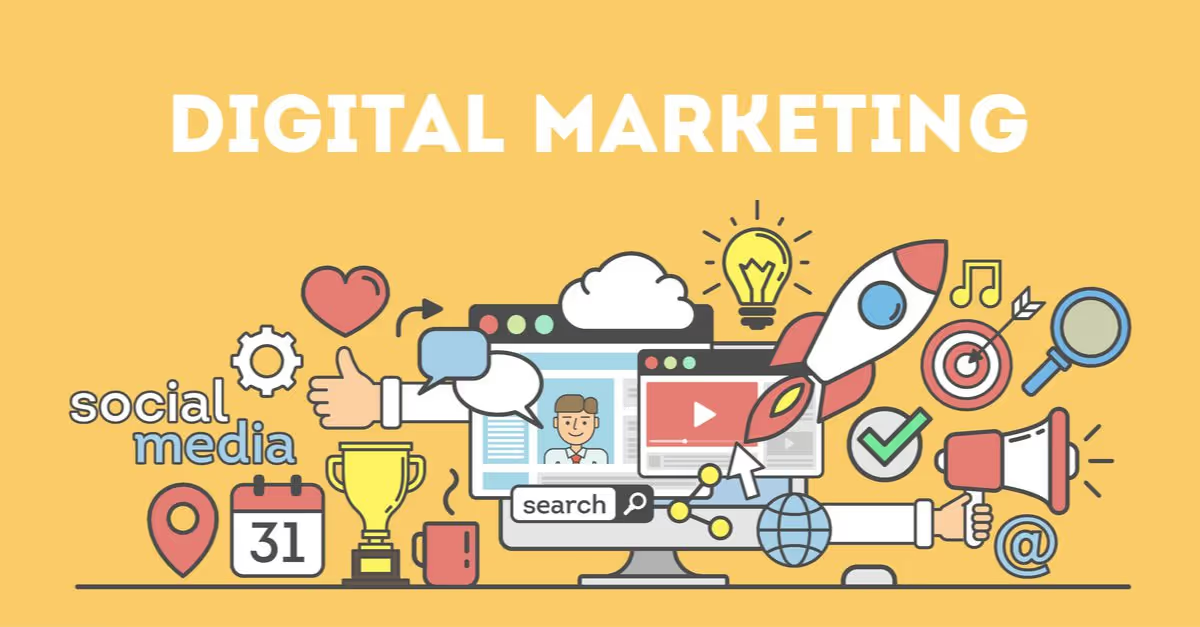

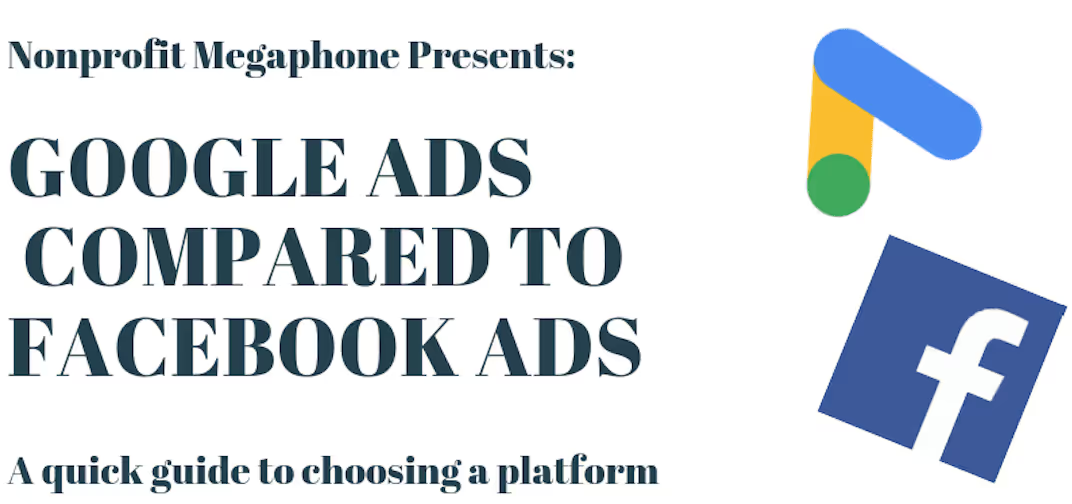





















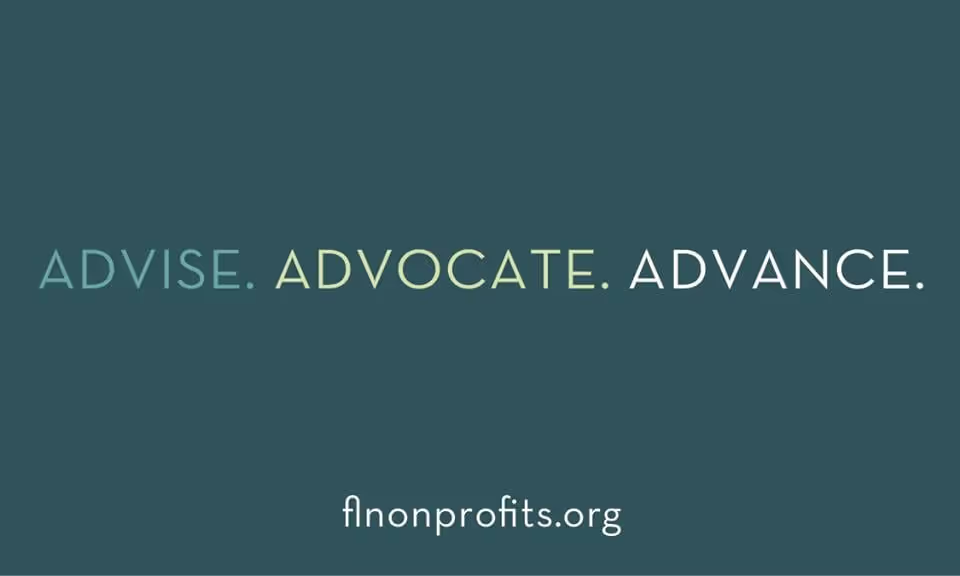

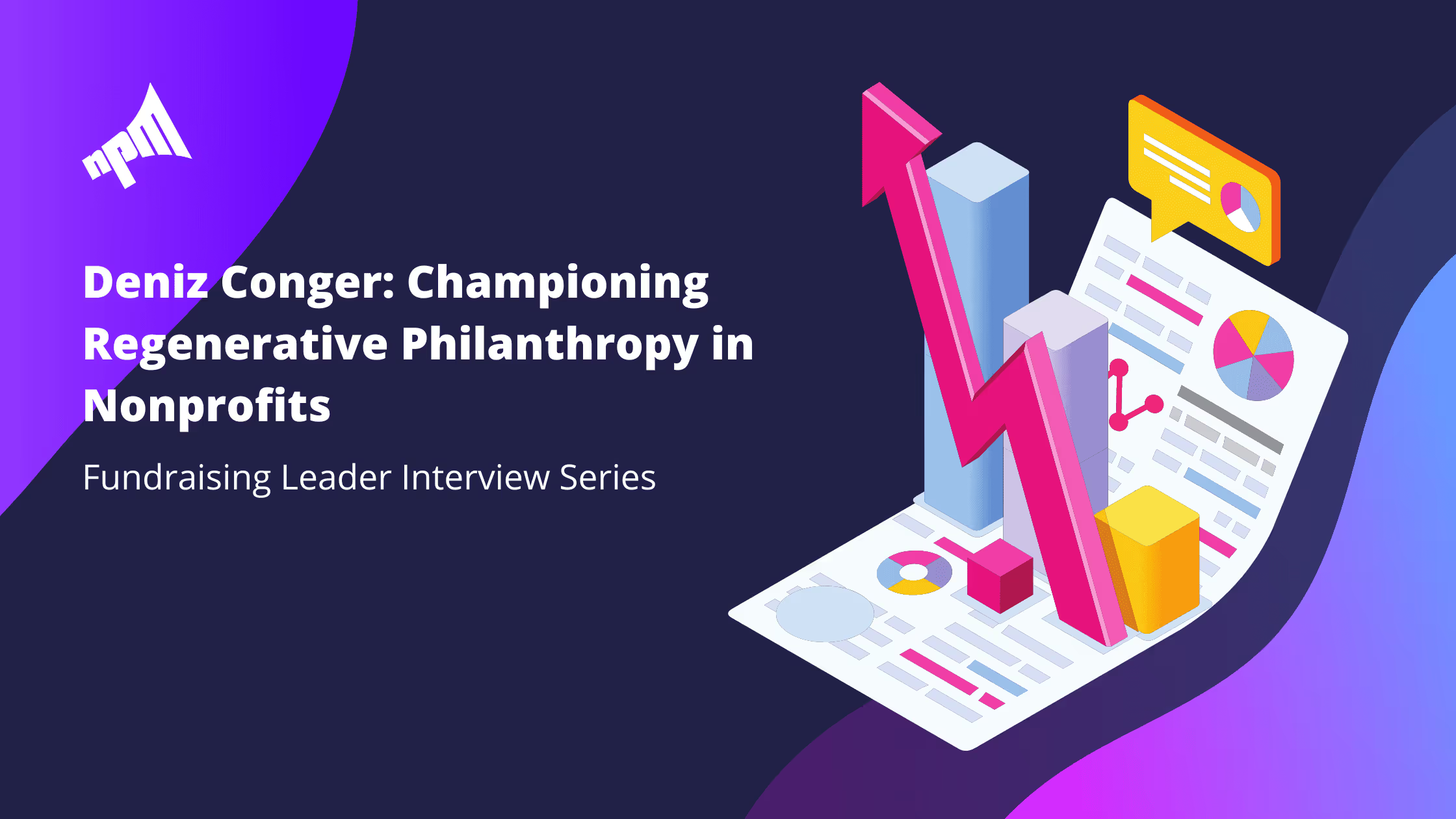



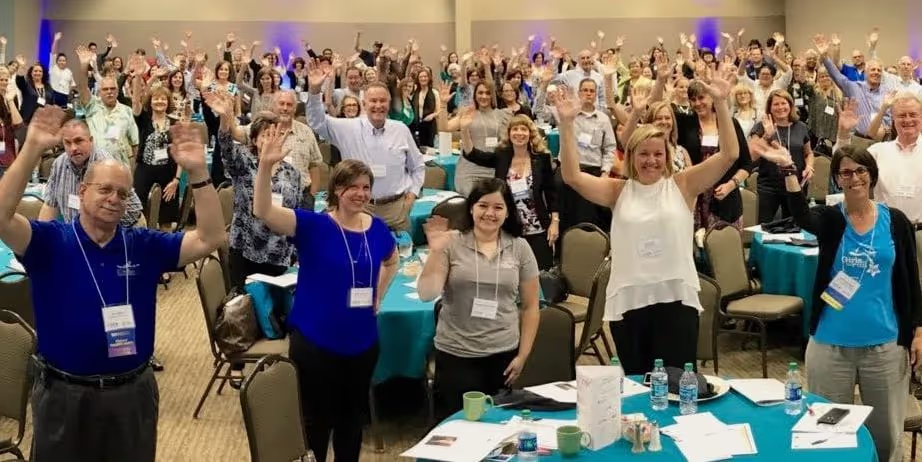


















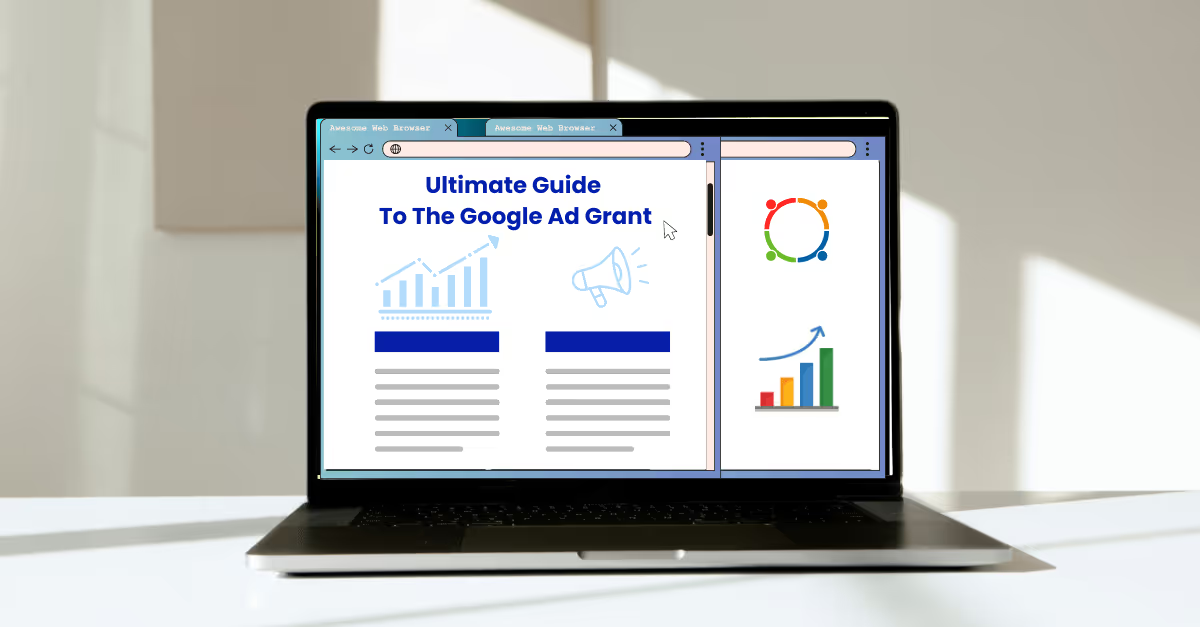
































.svg)
.svg)
.svg)
.svg)